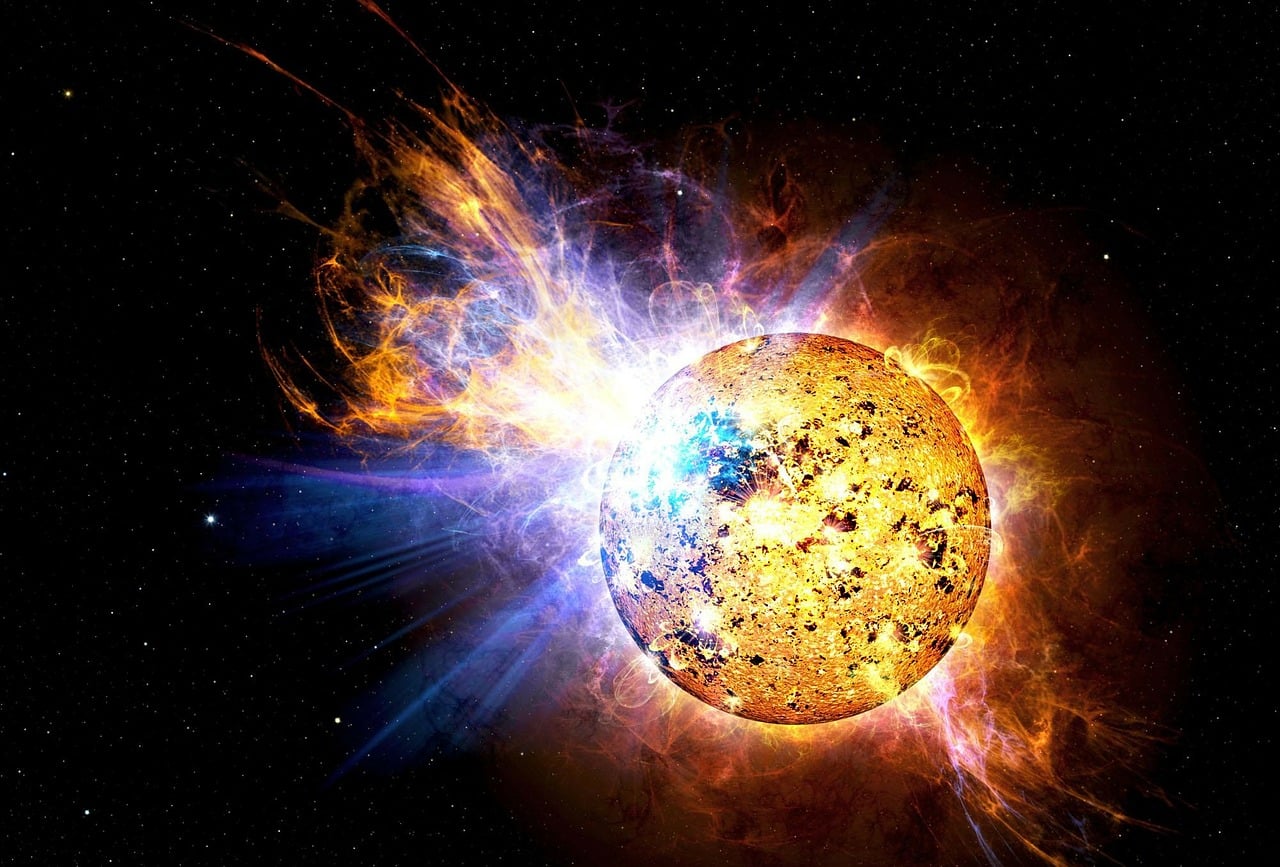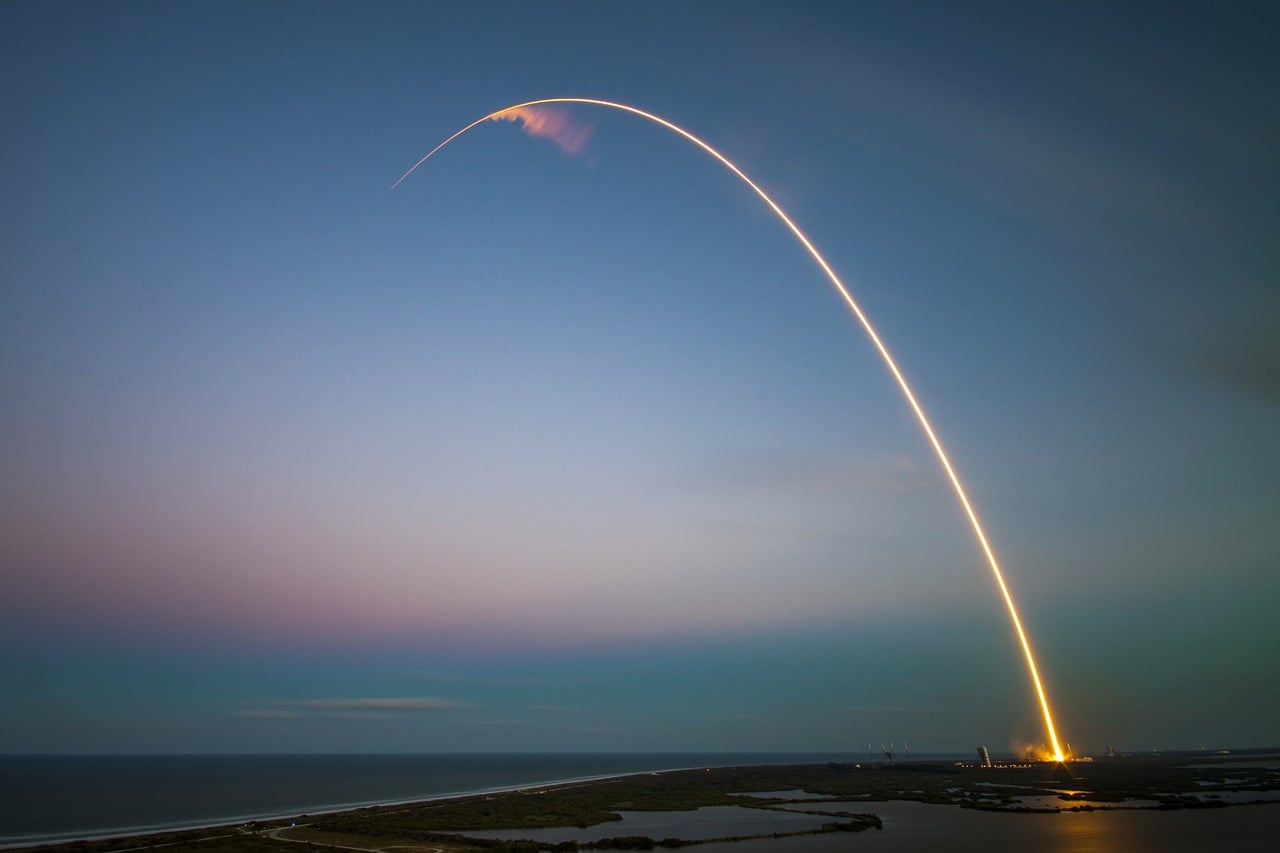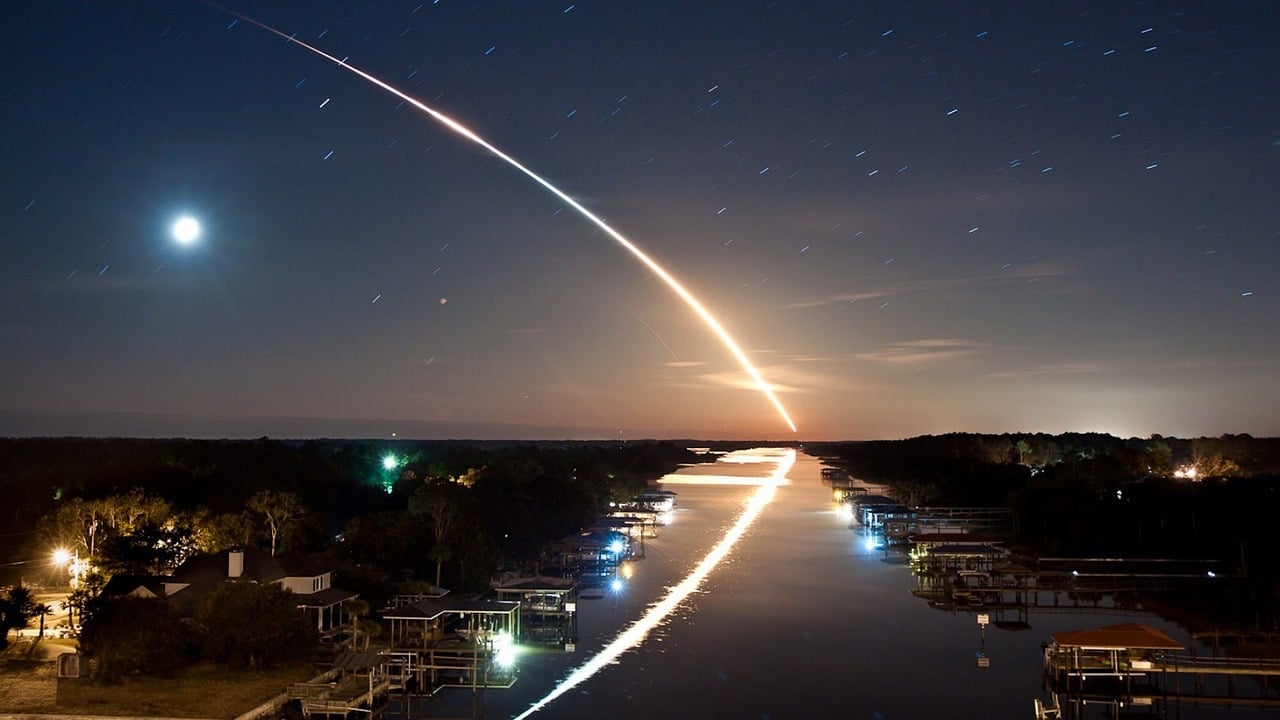“Go West, Young Man, Go West” – Famous words that captured the zeitgeist of a young nation looking to grab onto its belief of Manifest Destiny and make it real.
If the Westward expansion of America was fueled by the great California Gold Rush, it was the industries that played a supporting role that helped settle and sustain the people who flowed down the Oregon Trail. It was the yeomen like the farmers, ranchers, restaurateurs, railway men and other sundry stalwarts of enterprise and industry who played a far greater role in securing the Manifest Destiny of a nation than that played by the adventurous and oft lauded miners and prospectors who hunted down that most precious of metals.
Q1 hedge fund letters, conference, scoops etc
Today this great nation of ours, and indeed the whole world, stands at a similar crossroads, do we look within and try to sustain domestic enterprise with programs that, depending on whom you ask, may or may not work? Do we look to trade agreements of ever increasing complexities to sustain flagging growth? Shall we try even more stimulus programs of dubious merit and pray that the insanity of doing the same thing over and over again yields a positive result? Or do we look up and let free the sinews of economic growth to fuel a new generation of dreamers to carve their own path to a new Manifest Destiny?
Alright, that seemed a little long winded even to me! But our dependence on satellite tech is nothing to laugh about. Remember the 1998 failure of the Galaxy 4 satellite which temporarily rendered some 45 million pagers useless.
At the moment there are only twelve countries and the EU which have space agencies with the proven capability to send satellites to outer space, of which NASA is the clear leader. All of whom subsist on Government funds and subsidies.
All of whom have faced the wrath of protesters for ‘wasting money on grandiose experiments, while there are people starving on Earth.’
12 countries who between them have launched over 8000 satellites into space. Most of these satellites are defunct with about 2000 functioning satellites revolving around the earth at the moment.
Twelve space agencies and two thousand satellites that between them pretty much run the planet today. Any and all commercial transactions that take place via satellites (which is pretty much everything of note), all mobile based communications (when did you last use a hardline phone?) depends on the GPS system now, not to mention all remote automation and navigation software, the various communication protocols which are getting refined on a day to day basis. The list just goes on.
Just the earth based value of satellites to the global economy runs into trillions of dollars.
Transportation: Today any kind of travel and commercial transportation depends on GPS. Every bus, train, ship, plane; all of it is low-jacked and tracked to ensure maximum efficiency and safety. Uber, an innovation which is almost completely based on GPS tech is valued at over $120 billion, Fedex, UPS, Maersk – all of whom are in the cargo and transportation business are now completely dependent on GPS tech.
Commerce: Most of our credit cards, online transactions and other financial transactions go through cellular services that are backstopped thanks to satellites keeping compressed files moving through the ether in synch and up-to-date.
Communications: The television, the center piece of all our living rooms, owes its existence to satellites. Most of our more mundane communications may go through undersea communication lines or cellular towers, however thanks to satellites taking up more and more of the load, data seems to flow through the ether even faster every year.
Apart from the afore mentioned you have activities like weather forecasting, climate modeling, and other scientific necessities that we do not even notice on a daily basis that are completely dependent on satellites.
In effect the global economy has over the last half-century become so intrinsically entwined with space age tech that the very idea of losing access to this would be akin to a mini Armageddon.
And what do we have protecting this entire orbital infrastructure? A Treaty!
That’s right, about 23 countries have signed the outer space treaty – notable absentees are Iran and North Korea – and pledged not to host any weapons of mass destruction on satellites.
So what Greg? What’s the threat?
There are three major scenarios that could threaten our way of life and send us back to the Stone Age.

Solar Storms: These are relatively benign, only storms of a magnitude of the one listed in the Carrington Event or higher could possibly pose a threat to global communications. At worst this would entail a temporary setback lasting a few days at the most. Even more importantly these can be protected against and will probably have a limited area impact. Potential loss for the global economy would be in the tens of billions only.
The Kessler Syndrome: Somewhere at the beginning I made a mention of over 8000 satellites launched and about 2000 still functioning. This is where the Kessler syndrome comes in. Basically it envisions some of the now defunct satellites deteriorating and crashing into other satellites creating a cascading effect which then affects all Low Earth Objects (LEO) under 2000 kilometers. As this space debris covers the LEO we lose satellite communications.
Most defunct satellites, rocket boosters etc. continue orbiting the earth at speeds of around 22, 000 kmph. Now just like traffic if each piece travels at the same speed in the same lane, it wouldn’t be an issue, unfortunately due to the earth’s gravitational tilt that is not what happens. As each piece interacts with earth’s gravity and upper atmosphere it deteriorates and slows and potentially comes into contact with other pieces of debris.
This was seen in the 2009 crash between the Iridium 33 and the derelict Cosmos 2251 which were travelling at a combined speed of 42, 120 kmph at an altitude of 789 kilometers. The crash sent thousands of new debris across an area populated by functional satellites.
There are supposed to be over 500, 000 pieces of space debris less than 10cm long and 21,000 over 10 cm, all of it flying around at over 21,000 kmph. Every year as new satellites are launched and others go defunct the chances of more collisions go from possible to highly probable.
Even as you read this scientists are trying to figure out what to do about this slow moving disaster, and the onus for taking the lead on this falls on NASA.

Anti-Satellite Missiles: Nope, not science fiction. As of this year three nations – The USA, Russia, and China have successfully demonstrated that they can shoot down satellites using either ground based, sea based, and plane based missile launchers. Another half a dozen including Iran and North Korea claim they can do so as well, while this may or may not be bombast, it is something that should concern all of us.
In this day and age most militaries depend on GPS and Satnav systems for guidance, and communication satellites for information.
These missiles do not even have to be particularly accurate; enough dispersal of debris could impact a large enough region to bring down multiple satellites, sending us back to the Stone Age. Forget fighting, even finding the enemy could become impossible.
So?
The last two scenarios don’t have a cost estimate attached because any such events could cause space debris to shroud the planet and render all Low Earth Satellites inoperable. There is no time line given for recovery either.
According to the 1967 treaty Space belongs to all of mankind, and all of us have the right to reap its benefits. Unfortunately much like the Wild West it’s rapidly approaching a point where a sheriff will be required to maintain the peace. Be it organizing a cleanup of the junk in space or ensuring that space remains open for business.
The only question is if we wait for a disaster to appoint one, or realize the US is the only one with the wherewithal and credibility to don the mantle and so step forward to seize our Manifest Destiny.
Thank you for reading my post. I regularly write about private market opportunities and trends. If you would like to read my regular posts feel free to also connect on LinkedIn, Twitter or via Atlanta Capital Group Investment Management.
Greg Silberman is the Chief Investment Officer of ACG Investment Management LLC (“ACGIM”). ACGIM specializes in creating custom private market solutions for RIA/Family Office clients.
This material is not intended to be relied upon as a forecast, research or investment advice, and is not a recommendation, offer or solicitation to buy or sell any securities or to adopt any investment strategy. The views and strategies described may not be suitable for all investors. It is not possible to directly invest in an index. An index fund is a type of mutual fund with a portfolio constructed to match or track the components of an index. Past performance is no guarantee of future results. Investments will fluctuate and when redeemed may be worth more or less than when originally invested. Advisory Services offered through ACG Investment Management, LLC. ACG Investment Management is an affiliate of ACG Wealth Inc.
Sources:
https://www.independent.co.uk/news/satellites-failure-leaves-millions-speechless-in-us-1157828.html
http://www.spacesafetymagazine.com/space-debris/kessler-syndrome/
https://aerospace.csis.org/space-threat-2018-iran/
https://en.wikipedia.org/wiki/Outer_Space_Treaty#List_of_parties





